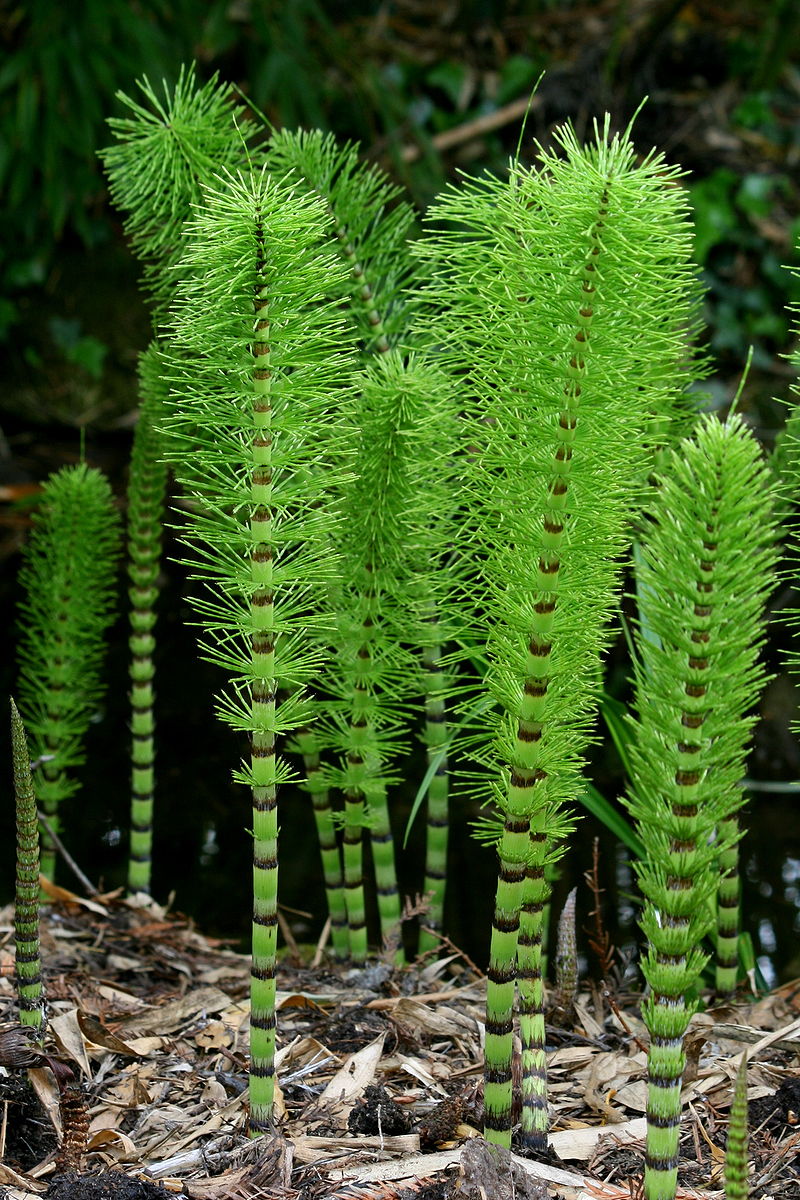Difference Between Homosporous and Heterosporous Pteridophytes
Table of Contents
Key Difference – Homosporous vs Heterosporous Pteridophytes
Pteridophyta is the largest phylum of the kingdom Plantae. They are the second most diverse land plants after angiosperms. They are a type of vascular plants which possesses xylem and phloem tissues. Pteridophytes reproduction mainly occurs via the spores. They do not produce seeds. Depending on the type and the size of the spores, Pteridophytes can be of two types; Homosporous or Heterosporous. Homosporous pteridophytes produce only one type of spores that are same in size and cannot be distinguished as male or female spores. This spore contains both male and female parts. Most of the pteridophytes are homosporous. Heterosporous pteridophytes produce two types of spores that are in different sizes, and their male and female spores can be distinguished. Therefore, the key difference between homosporous and heterosporous pteridophytes is that the homosporous pteridophytes produce one type of spores that are same in size whereas heterosporous pteridophytes produce two types of spores that are different in sizes.
CONTENTS
1. Overview and Key Difference
2. What is Homosporous Pteridophytes
3. What is Heterosporous Pteridophytes
4. Similarities Between Homosporous and Heterosporous Pteridophytes
5. Side by Side Comparison – Homosporous vs Heterosporous Pteridophytes in Tabular Form
6. Summary
What are Homosporous Pteridophytes?
Homosporous pteridophytes are vascular plants which produce only one type of spores that are same in size. Most of the pteridophytes are homosporous. The spore cannot be differentiated as male or female in homosporous pteridophytes. These plants produce one type of sporangium bearing the spores. The spore contains both the male and female.

Figure 01: Homosporous Pteridophyte – Equisetum
Hence, the spore results in monoecious gametophyte which bears both male and female parts (antheridia and archegonia respectively) in the same plant. Some examples for homosporous pteridophytes are Lycopodium, Equisetum, etc.
What are Heterosporous Pteridophytes?
Heterosporous pteridophytes are ferns which produce two types of spores that differ in size or morphology. These two types of spores are known as microspores and megaspores (male and female spores respectively). Microspores are small in size while megaspores are larger. Microspores are embedded in microsporangia, and they develop into male gametes. Megaspores are embedded in megasporangia and develop into female gametes. Microspores are high in number whereas megaspores are less in number.

Figure 02: Heterosporous Pteridophyte – Selaginella
The development of female gametophyte from megaspores begins when the megaspores are residing inside the megasporangium. Megaspore produces the female gametophyte that bears archegonia. The development of the male gametophyte is similar to the female gametophyte. Microspore produces male gametophyte that bears antheridia. The resulting plants are dioecious due to the heterosporous nature of these plants. The gametophytes are depending on the sporophytes for nutrition. Therefore, the sporophytic generation is the dominant generation in heterosporous pteridophytes. Examples of heterosporous pteridophytes are Selaginella, Marselia etc.
What are the Similarities Between Homosporous and Heterosporous Pteridophytes?
- Both have a dominant sporophytic generation.
- Both types develop into gametophytes.
- In both types, the gametophyte obtains the nutrition from the sporophyte.
What is the Difference Between Homosporous and Heterosporous Pteridophytes?
Homosporous Pteridophytes vs Heterosporous Pteridophytes | |
| Homosporous pteridophytes are the vascular plants that produce only one type of spore. This spore contains both male and female parts. | Heterosporous pteridophytes are the vascular plants that produce two types of spores, and thus the male and female parts can be distinguished. |
| Size | |
| All spores are the same size in homosporous pteridophytes. | The spores are of different sizes – Microspores are smaller in size whereas megaspores are larger in size. |
| Gametophyte | |
| Homosporous pteridophytes produce only one type of gametophyte containing both male and female parts. Hence gametophyte is monoecious. | Produce two types of gametophytes: male gametophytes (microspores) and female gametophyte (megaspores). Hence gametophyte is dioecious. |
| Examples | |
| Lycopodium, Equisetum. | Selaginella, Marselia. |
Summary – Homosporous vs Heterosporous Pteridophytes
Pteridophytes or ferns belong to the class of vascular plants. Depending on the life cycle of the pteridophytes, it can undergo alternation of generation based on homospory or heterospory. Homospory is a phenomenon in which only one type of spore can be seen. Such ferns are referred to as Homosporous Pteridophytes. Heterospory is the condition in which the plant is capable of producing two types of spores. Such pteridophytes are referred to as Heterosporous Pteridophytes. Spores are found inside sporangia. Then they are developed into gametophytes. Homosporous pteridophytes produce one type of gametophyte bearing both male and female gametes. Heterosporous pteridophytes produce two types of gametophytes; male and female gametophytes bearing male and female gametes separately. This is the difference between homosporous and heterosporous pteridophytes.
Download the PDF Homosporous vs Heterosporous Pteridophytes
You can download PDF version of this article and use it for offline purposes as per citation note. Please download PDF version here Difference Between Homosporous and Heterosporous Pteridophytes
Reference:
1.Haufler, Christopher H. “Homospory 2002: An Odyssey of Progress in Pteridophyte Genetics and Evolutionary Biology: Ferns and other homosporous vascular plants have highly polyploid chromosome numbers, but they express traits following diploid models and, although capable of extreme inbreeding, are predominantly outcrossing | BioScience | Oxford Academic.” OUP Academic, Oxford University Press, 1 Dec. 2002. Available here
2.“Heterospory and Seed Habit in Pteridophytes | Botany.” Biology Discussion, 16 Sept. 2016. Available here
Image Courtesy:
1.’Equisetopsida’By Rror – Own work, (CC BY-SA 3.0) via Commons Wikimedia
2.’Selaginella-sp’ (CC BY-SA 2.1 es) via Commons Wikimedia
ncG1vNJzZmivp6x7pbXFn5yrnZ6YsqOx07CcnqZemLyue8OinZ%2Bdopq7pLGMm5ytr5Wau260zqamrKifp7y2v4yapZ1lpqh6qbHTnqmoq6Ckv7DB0manrZ2inrGwvMeyq56rXw%3D%3D